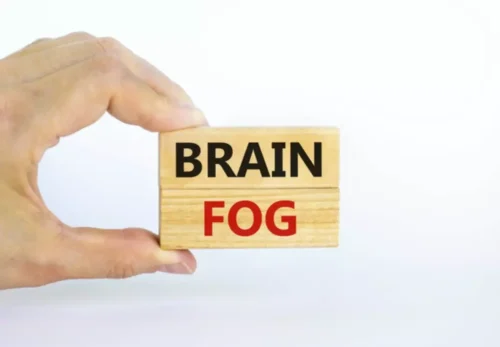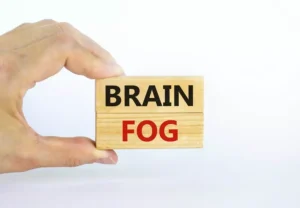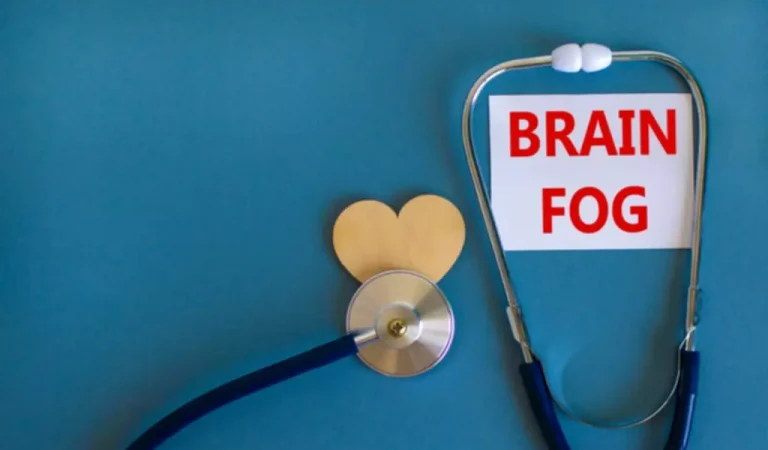Alcohol withdrawal syndrome: mechanisms, manifestations, and management

If your home environment is not supportive for staying sober, talk with your doctor. Your doctor may be able to connect you with shelter programs for people recovering from alcohol addiction. They should also make sure you attend your counseling appointments and visit the doctor regularly for any routine blood tests that may be ordered. People who have an addiction to alcohol or who drink heavily on a regular basis and are not able to gradually cut down are at high risk of AWS.
Overview of Depressive Disorders
This may be because MDD is one of the most common conditions in the general population. If your blood pressure, pulse, or body temperature rises, or if you have more serious symptoms like seizures and hallucinations, seek medical care immediately (dial 911). If you drink only once in a while, it’s unlikely that you’ll have withdrawal symptoms when you stop. But if you’ve gone through alcohol withdrawal once, you’re more likely to go through it again the next time you call it quits. Alcohol use disorders may be mild, moderate, or severe, depending on the combination of symptoms you’re experiencing, but drinking problems can exist regardless of a clinical diagnosis.
Management of moderate to severe alcohol withdrawal syndrome
It is important to note that the elucidation of the exact mechanism of action of ethanol, as well as its molecular targets, remain as a study subject among researchers. Nevertheless, several theories have been established with respect to the consideration of several ion channels, such as GABAA 18,19,20, N-methyl-D-aspartate (NMDA), glycine receptors, as well as the alcohol dehydrogenase enzyme 19. Ethanol, also known as ethyl alcohol, is the second member of a family of organic chemical compounds known as alcohol. Every member of this homologous series has at least one hydroxyl group (-OH) in its molecule 1. It is a psychoactive ingredient of a wide range of alcoholic beverages such as beer, wine, cider, malt liquor, and distilled spirits with dependance producing properties.
- Persistent depressive disorder (PDD) has milder symptoms than MDD but lasts longer.
- AUD and depressive disorders appear to share some behavioral, genetic, and environmental risk factors, yet these shared risks remain poorly understood.
- Although a significant correlation between cognitive impairment and structural loss of the brain is yet to be established, despite a wealth of evidence that has come to light, several impaired sensory and motor functions have been related to the loss of brain structures 43.
- The duration of your withdrawal symptoms depends on the substance you used, along with the length and intensity of your addiction—typically, just a few days, but weeks or months in some cases.
- Activation of the hypothalamic-pituitary-adrenal axis occurs when CRF is secreted by CRF-positive neurons in the paraventricular nucleus of the hypothalamus in response to stress (such as during ethanol withdrawal) or low blood glucose levels.
Recognizing Patients at Risk for AUD

Someone experiencing more severe alcohol withdrawal may need to be closely monitored. They will likely receive the same therapies mentioned for mild to moderate withdrawal, as well as medications known as long-acting benzodiazepines, which can help manage symptoms and prevent the risk of seizures or developing DT. Finally, the etiology, course, and treatment of both AUD and depression differ substantially by gender. Women have been underrepresented in much of the research on co-occurring AUD and depressive disorders, particularly in the early research on this topic. The research needs more representation of women to increase understanding of the sex differences and to better characterize the mechanisms underlying women’s heightened vulnerability for depressive disorders.

Increased Anxiety
However, Assis and colleagues did not find any differences in the TBARS levels in their experimental animals using the same method as Gonzaga above, but changes were noted in concentration of hydrogen peroxide (reduced) and CAT activity (increased) in the left ventricles of the animals 191. Despite contradicting observations, it could not be denied that, during the phase of ethanol withdrawal, there are changes in the oxidative stress status, but this requires more in-depth studies to fully consolidate this hypothesis. Current pharmacological treatment of ethanol dependence uses naloxone, as well as naltrexone, which are nonspecific opioid receptor antagonists, capable of displacing opioid receptor agonists from the receptor sites. Binding and the subsequent blocking effects on opioid receptors can reduce pleasurable rewarding sensation following ethanol consumption and compulsive ethanol seeking behaviour stimulated by environmental factors in a dose-response fashion. Validation using animal models has shown a drop in dopamine levels in the nucleus accumbens, which subsequently results in reduced ethanol consumption.
Clinical management of alcohol withdrawal: A systematic review
However, evidence suggests that more than 25% of people in treatment have experienced a substance-induced depressive episode in their lifetime. Persistent depressive disorder (PDD) has milder symptoms than MDD but lasts longer. It’s often called high-functioning depression and involves having a low mood for at least 2 years.
- Comprehensive patient care entails acute management and outpatient support in the hospital setting.
- Alcohol can produce feelings of euphoria and excitement, making you feel instantly happier and more confident, but those feelings are fleeting.
- Residential treatment programs typically include licensed alcohol and drug counselors, social workers, nurses, doctors, and others with expertise and experience in treating alcohol use disorder.
- Due to the ever-rising demands of life, the cycle between alcohol abuse, withdrawal, and mood disorders may be a never-ending cycle of destruction.
Genetic predisposition plays a role in affecting the experimental outcome as well, wherein mRNA for POMC is found to be higher in the hypothalamus of alcohol-preferring C57BL/6 mice and is able to affect their voluntary alcohol consuming behaviour 122. This study was extrapolated to determine the effect of single and repeated ethanol exposure on hypothalamic β-endorphin release. It was later deduced that ethanol-induced hypothalamic β-endorphin release is not sustainable. It lasts around 15 to 20 min, followed by a gradual fall back to baseline.

Minor shifts in their balance can lead to a variety of symptoms like drowsiness, loss of motor skills, euphoria, and dysphoria. Alcohol, being a neurotoxin, disrupts the balance of these does drinking make your depression worse neurotransmitters in the brain, and its effects are what is referred to as intoxication. This depends on the individual and the results of laboratory tests that their doctor may order. In general, blood work will test serum magnesium, and replacements will occur if indicated. The person should also try to eat three well-balanced meals per day and drink enough water to remain hydrated. The first goal of treatment is to keep you comfortable by managing your symptoms.

